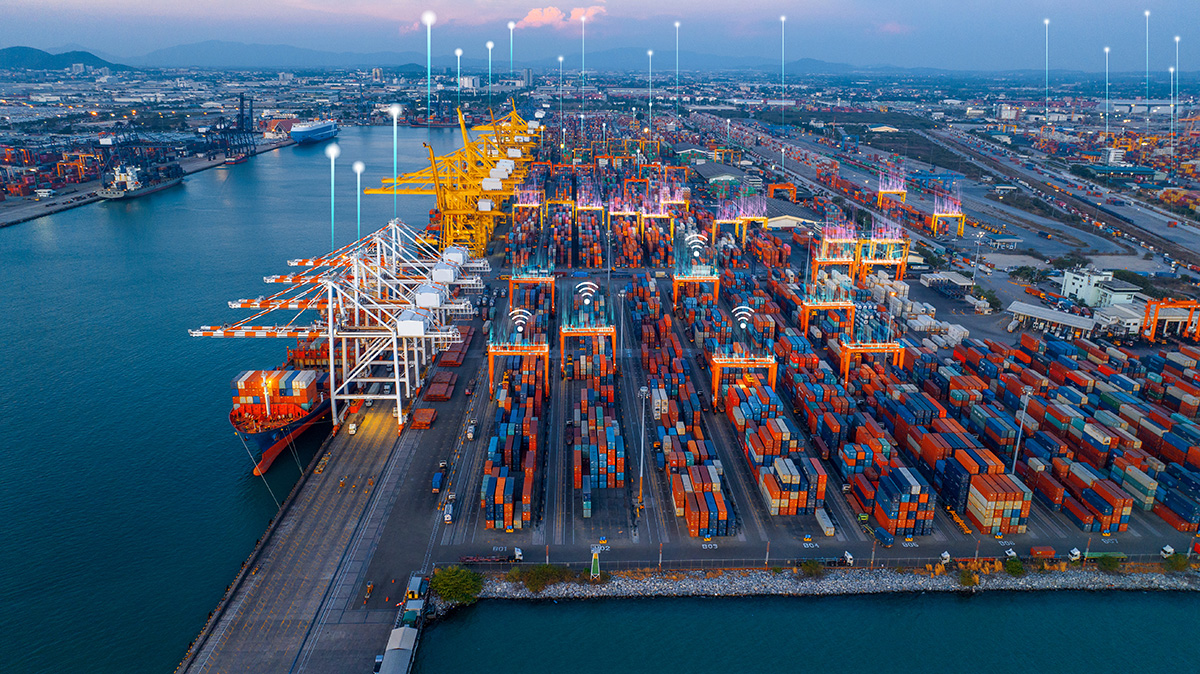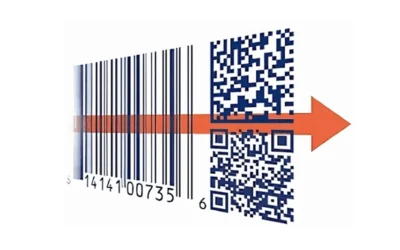Before the pandemic, if you asked someone on the street what a “supply chain” was, they would likely shrug their shoulders. When shortages occurred in simple, everyday products like toilet paper and paper towels, “supply chain” became a household word. No one paid attention to it until it failed.
The shortages highlighted the critical importance of distribution and logistics, which wasn’t apparent when everything was plentiful on the shelves. The pandemic fundamentally shifted how we think about these topics, especially in the U.S., where the expectation is that everything you could want will always be available on the shelves or online.
With post-pandemic inflation and the changing geopolitical ecosystem, companies that manufacture, sell, or distribute products find themselves in a bind between consumer prices and rising costs. Many have increased prices, dampening sales. As a result, it has become increasingly critical for businesses to reduce costs to stay competitive while still expanding – a tall order.
Technology companies are pumping out new solutions by the buckets to fill the gap, most based on RFID, the foundation of the latest efficiency-boosting solutions.
Factors Shaping Distribution and Logistics Today
Forbes Magazine reviewed the six distribution and logistics trends for 2024 and beyond.
Digitalization
The concept of fully digitized operations has been around for a while in the abstract but seemed theoretical until recently. All the building blocks seem to have finally fallen into place, and the big shippers have now digitized. The surprising thing is that smaller shippers have digitized simultaneously, often providing software tools for customers.
Coming trends that will further optimize distribution and logistics are AI, blockchain technology, and the rise of entirely paperless shipping.
Global Economic Instability
The global economy is showing positive signs, with inflation subsiding, reduced regulations, increasing wages, and a start on income gap reductions. However, rising fuel prices make it especially challenging for shippers to maintain or increase profits and revenue without raising costs.
Green Initiatives
The global shipping industry is creating regulations like the International Maritime Organization’s IMP 2020 rule, which requires cleaner fuel and retrofitted emissions scrubbers on older ships. Changing port water levels due to climate change, efforts toward zero-carbon shipping, and new fuel sources such as electricity are beginning to redefine the industry.
Last-Mile Delivery
How consumers receive what they’ve ordered has changed drastically over the last few years, with faster delivery, same-day delivery, or buy online, pick up in store (BOPIS). Large retail operations have expanded their services in this area, displacing other carriers to offer more attractive delivery options. Meanwhile, technologists are continuing to work toward the reality of self-driving trucks.
Protecting the Supply Chain
Because COVID exposed supply chain weaknesses, companies are using analytics to shore up weak spots, implement greater risk management, and increase supplier diversity.
Cybersecurity
With digitization, many operations have moved or are moving to the cloud. When this happens, cybersecurity becomes a more significant challenge to prevent theft and cyberattacks and protect data. Since the cloud is a growing trend and provides benefits like cost savings and flexibility, the distribution and logistics industry prioritizes it.
Where RFID Fits In
RFID is the technology that makes new digitization technologies using IoT and AI possible for distribution and logistics operations. RFID is a highly efficient way to identify, track, count, and manage the hundreds, thousands, or millions of items that travel from supplier to manufacturer to distributor to consumers.
RFID has as many configurations as there are businesses. Each enterprise’s layout, logistics, and workflow are different. Because of this diversity, MSM Solutions provides customized RFID systems for a business’s unique needs. Even if you already have RFID or barcode systems, expanding or integrating RFID can make all the difference in your efficiency and profitability.
Here are a few things RFID can do for you.
Inbound Receiving and Outbound Shipments
RFID reduces the “touches” barcode systems require to track merchandise. For example, if you have an RFID dock door portal, the system reports the items passing through the portal without anyone manually pointing a handheld reader. An employee with a mobile device can monitor activity via a mobile reader or read tags that do not use the portal.
The great thing about implementing or expanding RFID is that MSM Solutions can often integrate your existing barcode or RFID systems with new components to leverage your previous investment into a more efficient system.
Item Location
Tracking thousands of items entering and leaving a distribution center is no small task. How many hours do your employees spend searching for something that was “just over there.” When you use RFID to its highest advantage with the expertise of the MSM Solutions team, you track to the ultimate extent. Using our PortalTrack software, you have complete visibility into the location of every tagged item, pallet, or case as it enters and leaves your premises.
Expedite Inventory and Cycle Counts
A traditional manual inventory used to require a business to shut down. How can you count items when they’re constantly moving? Barcode was a step up for immediacy, but RFID improves accuracy because there is less human interaction, and large numbers of items scan at once as they pass through an RFID-enabled portal.
With RFID, you constantly have your hand on the pulse of supply, equipment, and merchandise movements. With proper setup, you know where every item is at every moment.
Find Missing Products or Equipment
Has someone in your operation contacted you about a missing item? Without RFID, finding it in a large warehouse or distribution center is nearly impossible, and manually searching consumes a great deal of time. With RFID, an employee can quickly pinpoint the exact location of a missing item.
Greater Accuracy than Barcode Scanners
Have you ever seen a barcode scanner double-scan an item during picking and packing? It happens more often than you think. With RFID, you can verify carton contents after a barcode scan, improving speed and accuracy and reducing touches.
Real-Time Visibility
With RFID, you never have to be in the dark about the location of any supply or product. When you tag each case, pallet, or individual item, the tag registers the item’s location as it passes through your facility. Your PortalTrack software immediately registers where it is. It’s a matter of tagging the items properly for your application.
Many large retailers now require item-level tagging that meets their requirements. This requirement has become so critical for efficient operations that these retailers require the ARC program at Auburn University to vet product tags to ensure they are correctly tagged.
Some Final Thoughts
In the last few years, the supply chain has gone from an invisible function to a common term that has meaning in every household. This awareness raises the bar for enterprises and distribution and logistics operations to perform faster and more efficiently in a time of rising costs, shrinking margins, and elevated expectations.
MSM Solutions understands the world you operate in today, and we have the solutions that can help you thrive in the face of recent and coming changes. Contact us today. We’d love to work with you to do what we do best – assist our customers in operating at peak efficiency and profitability.



